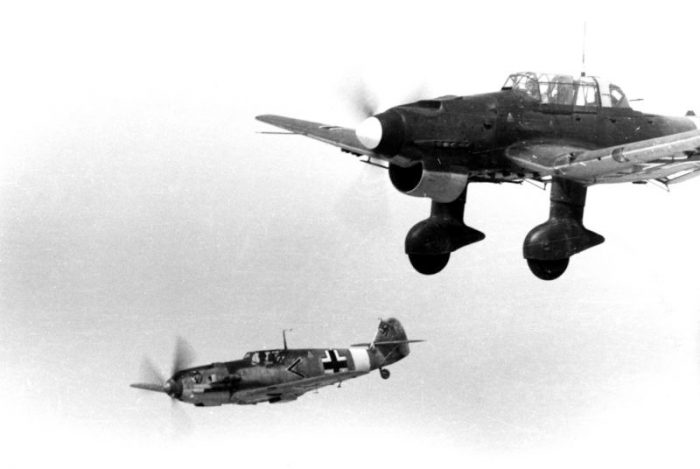Amazing Facts About The Junkers Ju-87 Stuka
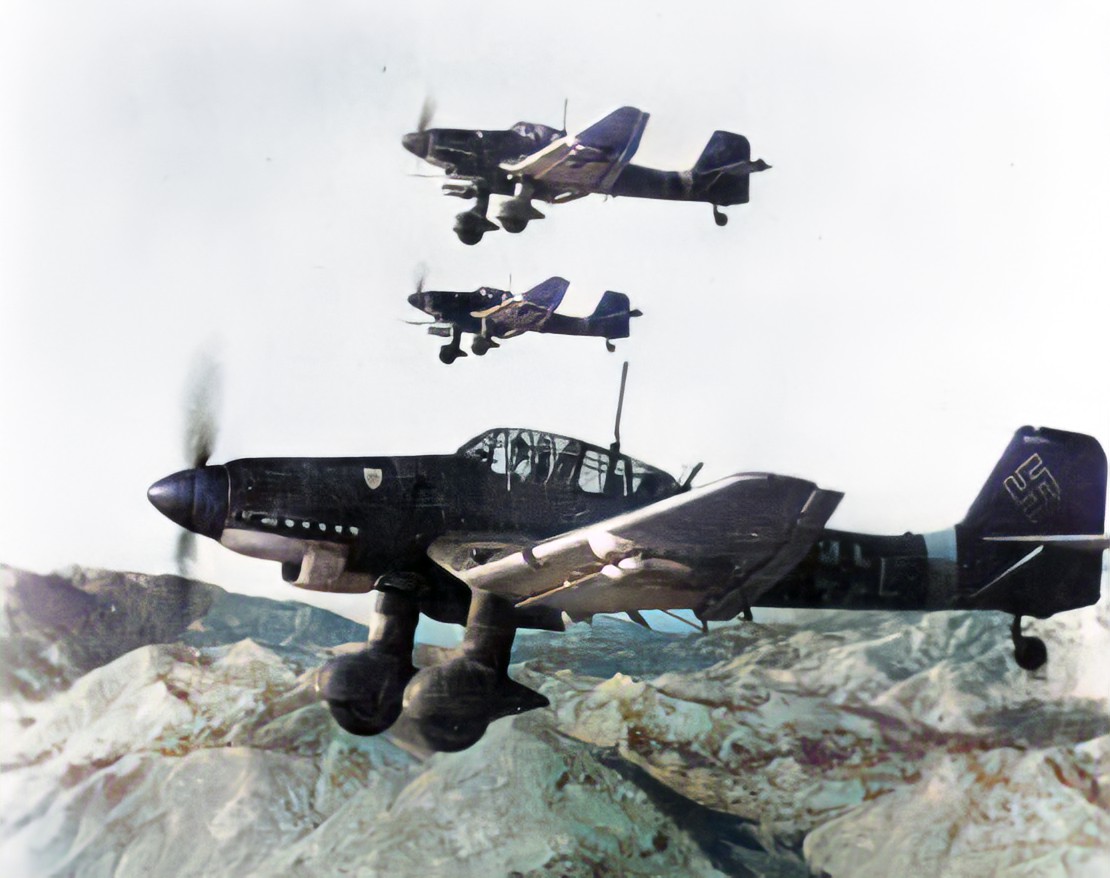
The German Ju-87 Stuka was a purpose built dive bomber and ground attack aircraft, designed in the early 1930s. It first flew in 1935 and was an innovative and unique design. At the time its speed and manoeuvrability were acceptable, but by mid-late WW2 standards they were woefully outclassed by more modern aircraft. Despite this, they would continue to fly until the end of the war.
1. The Ju-87 got its nickname from the German word Sturzkampfflugzeug
Sturzkampfflugzeug means dive-bomber in German, which was shortened to the name the aircraft is known as; ‘Stuka’. The official designation was Junkers Ju-87.
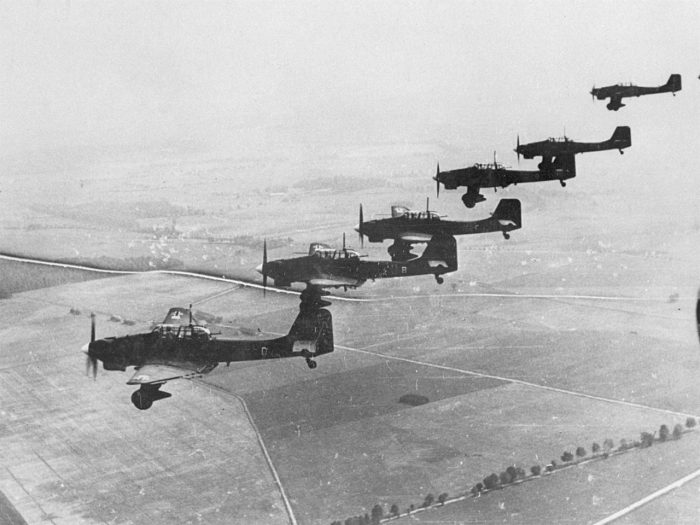
2. The first Ju-87 flew in 1935, but would crash just a few months later.
The Stuka’s early V1 prototype first flew on 17 September 1935. Although it was visually similar to the production model, it differed in a few ways, most noticeably with the British Rolls-Royce Kestrel V12 engine powering it, and the twin vertical stabiliser arrangement at the tail. The latter would be the cause of its crash in early 1936, when it disintegrated under high stresses during testing. As a result, a reinforced single stabiliser was used.
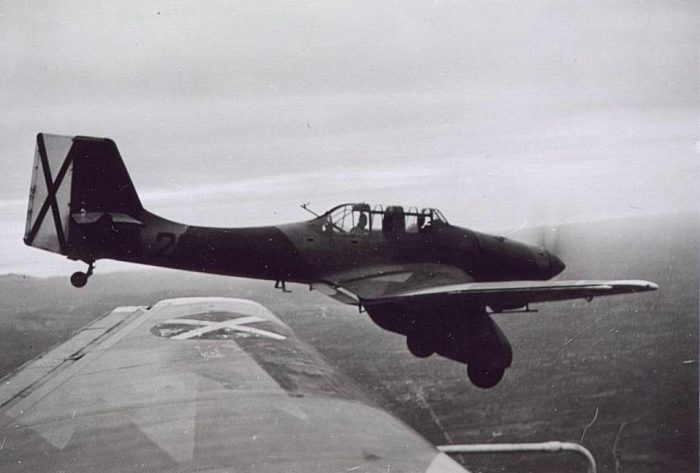
3. The Ju-87 used wailing ‘Jericho Trumpets’ to terrify enemies
The Ju-87 was originally equipped with ‘Jericho Trumpets’ that created the dreaded ‘wail’ that the Stuka is now famous for. The noise was created by a propeller-driven siren on the front of each landing gear strut. It was intended to intimidate and break the enemy during battle, similar to a war cry. While the noise has now become synonymous with WW2, and more mistakenly as the noise of any aircraft plummeting towards the ground, it actually caused a 15-20 mph decrease in the Stuka’s airspeed during a dive. The noise also became an advanced warning to those below, who used the precious few seconds to head for cover.
For these reasons the trumpets were omitted from later aircraft.
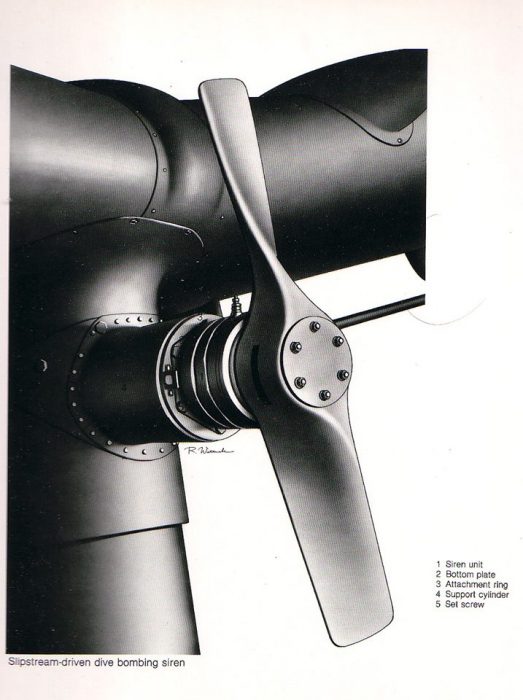
4. More than 6,000 Stuka bombers were built in total.
6,000 Stukas were built between 1936 and August 1944. They came in five variants: A series were the pre-production testing and evaluation aircraft, B series aircraft were the first mast produced variant, the R series was similar to the B series but with extended range, the C series was intended to be a carrier based version to be used by the Kriegsmarine, but was eventually cancelled before production, the D series was a naturally improved version of the standard Stuka, with more engine power, a more refined design and better defensive armament and armor. The final G series was a dedicated ‘tank buster’ variant.
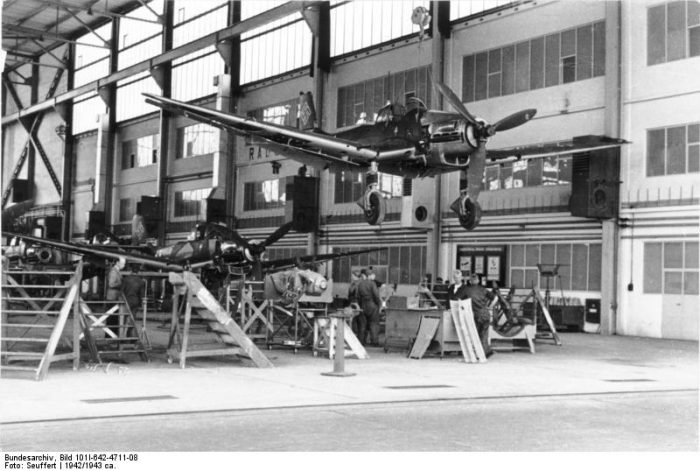
5. The Ju-87 Stuka’s fixed undercarriage were sturdy enough for take offs and landings on improvised airfields.
The Ju-87’s fixed undercarriage may have been obsolete at the time, but it was implemented early in its development due to a belief that dive bombers should be robust and simple. Fixed undercarriage are simpler, stronger and reduce the amount of systems that can fail in combat conditions. This allowed the Stuka to operate from conditions other aircraft would struggle in. The drawback was a costly reduction in airspeed from the drag the landing gear produced.
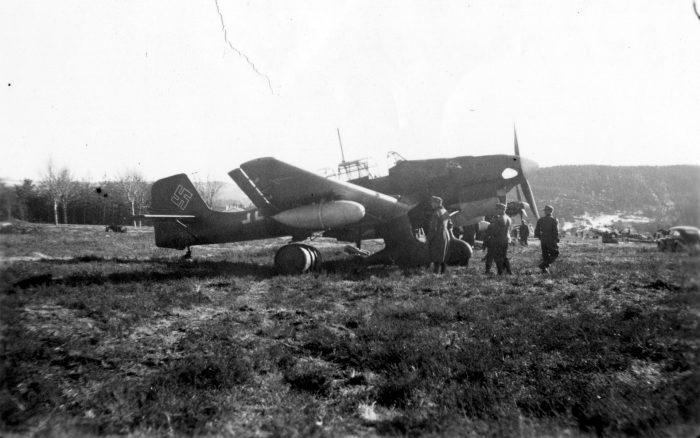
6. 13 Stukas crashed in unison during a disastrous dive bombing demonstration.
The incident took place on 15 August 1939 during a mass-formation dive-bombing demonstration for high-ranking commanders of the Luftwaffe. On that particular day, the cloud ceiling was much lower than anticipated, and unexpected ground mist had formed, causing many aircraft to miscalculate when to pull out of their dives. Thirteen Ju 87s, and 26 crew members were lost when they subsequently crashed into the ground.
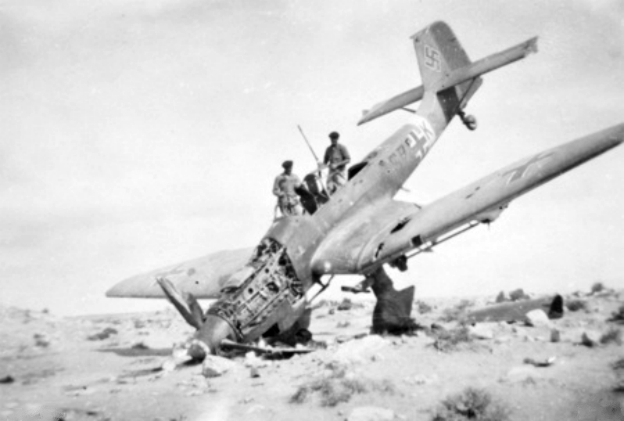
7. The Ju 87 Stuka performed the first bombing mission of the WW2, 11 minutes before the official German declaration of war.
Three Stukas from 3./StG 1 attacked a Polish garrison with great accuracy, destroying key components of the military installation.
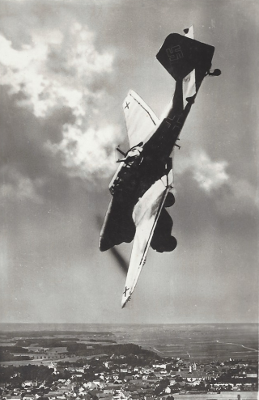
8. The highest decorated German servicemen of WW2 flew the Stuka.
Hans-Ulrich Rudel flew 2,530 combat missions with a claimed total of 2,000 targets destroyed; including 800 vehicles, 519 tanks, 150 artillery pieces, 70 landing craft, nine aircraft, four armored trains, several bridges, a destroyer, two cruisers, and the Soviet battleship Marat. He earnt the highest award available in the Third Reich, the Knight’s Cross with Golden Oak Leaves, Swords, and Diamonds.
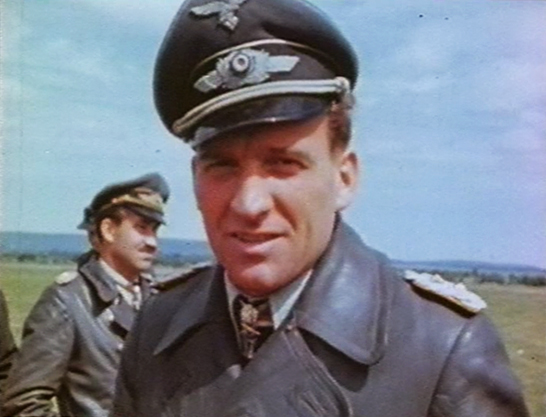
9. The Stuka particularly excelled in the anti-tank role with 37 mm cannons.
The ever increasing quantities of well protected Soviet tanks arriving on the mid-war Eastern Front forced the Germans to explore all means of repelling the onslaught. The ageing Ju-87 was used to carry a 37 mm cannon in pods under each wing. The cannons had 12 armor piercing tungsten cored rounds each, and could devastate the thinner roof armor of the tanks below. The guns were very inaccurate however, and added considerable weight to the already slow Ju-87 Stuka. In this role, the Stuka would spend long durations at low altitude, exposed to a hail of small arms fire. Anti-tank versions were fitted with extra armor plating to protect the crew and aircraft.
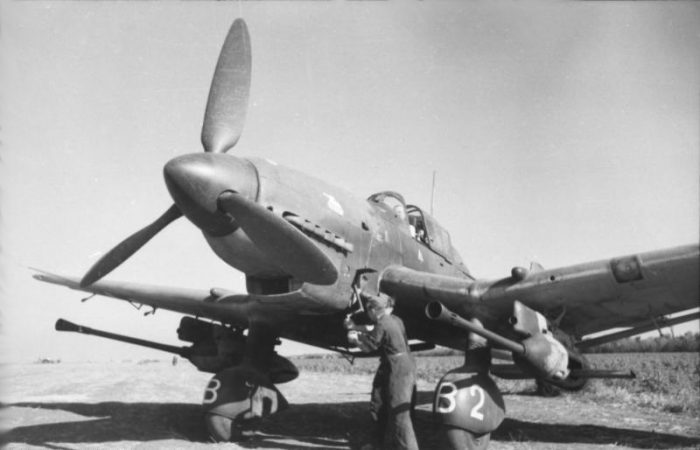
10. The Stuka featured an automatic pull-up system, that would pull the aircraft out of a dive if the pilot had blacked out.
Contemporary dive bombers at the time would usually dive at angles around 60 degrees, but Stukas would dive at a 90 degree vertical angle. This put immense stress on the aircraft and crew, who needed to be fearless to complete their duty. This terrifying angle presented engineering challenges that had to be overcome, like the crew blacking out when subject to high gs.
During a dive, the Stuka maintained a speed between 340-370 mph by extending dive brakes to stabilize the aircraft, increasing the pilots accuracy. An altitude dependant light would illuminate in the cockpit to signify when to release the bomb. After this, the pilot engaged the automatic pull-up system, which would pull the aircraft out of the dive at around 450 m, putting the crew through through 6 gs. This would often cause pilots to black out, or at least temporarily loose vision.
Once the aircraft was at a particular altitude, the system would automatically close the dive brakes, feather the propeller and open the throttle, where the pilot would then regain control.
Another Article From Us: The 10 Most Expensive American Military Aircraft
